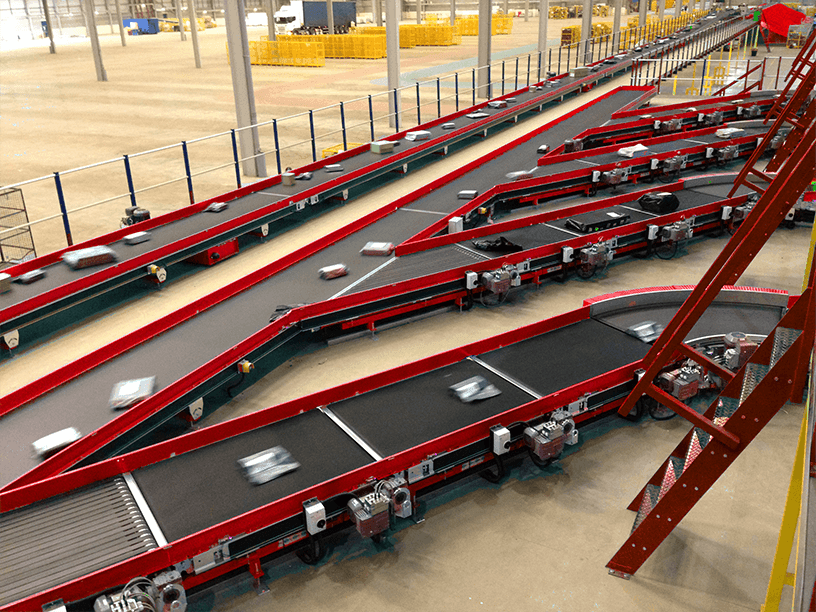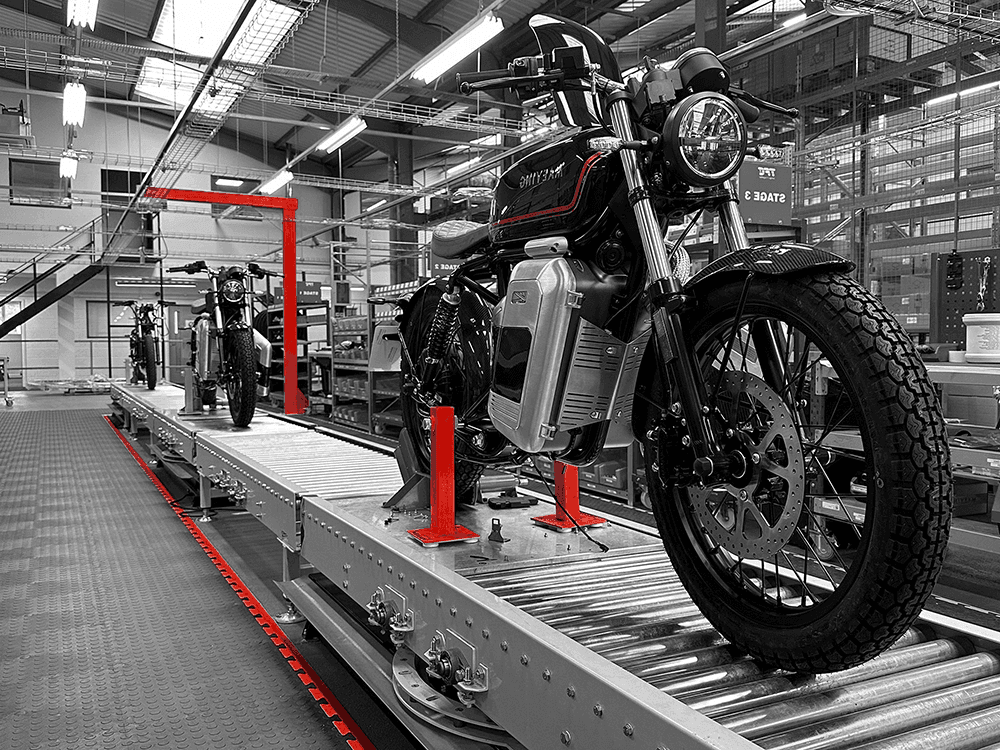The Impact of Robotics on the Workforce
With widespread integration of robotics across logistics, warehousing, manufacturing and production operations, the reality of more tasks being carried out by machines inevitably has an impact on employment, in both positive and more challenging ways.
Positive Impacts of Robotics
Enhanced Productivity and Efficiency - Robots can work 24/7 without fatigue, enabling higher output and operational efficiency. This is particularly critical in high-demand sectors such as e-commerce and automotive production, supporting economic growth.
Reduction in Hazardous Work - Dangerous, repetitive tasks or ergonomically challenging manual tasks are increasingly being handled by robots, improving workplace safety.
Upskilling Opportunities - The rise of robotics and advanced technologies requires new skill requirements where workers can transition into roles such as robot maintenance, programming, and systems management. Many UK firms now offer on-the-job training for roles in automation supervision and analytics, helping skilled workers stay relevant.
Resilience During Crises - During the COVID-19 pandemic, companies with robotic infrastructure managed to maintain operations with minimal workforce exposure, highlighting the resilience automation brings. Equally, those with the foresight to invest at this crucial time in modular robotic solutions could upscale and adapt operations quickly and more easily than those with fixed automation or no automation. In more stable times, modular robotics also offers the agility to up and downscale quickly and efficiently with minimal downtime to operations, ideal for peak season or handling a consumer shift in demand, reducing the pressure, cost and reliance on a manual workforce.
Adverse Impacts: Job Displacement - Low-skilled or routine tasks are the most vulnerable. For example, warehouse picker roles are increasingly being automated, which may reduce entry-level job opportunities. According to the UK Office for National Statistics (ONS), 1.5 million jobs in England are at high risk of automation, with manufacturing among the top sectors affected. This shift in employment dynamics reflects broader changes across traditional industries.
Widening Skills Gap: As demand for tech-savvy workers increases, those without access to training or education may be left behind. Yet with the younger generation typically having greater proficiency with technology, they may well hold the skills needed to develop careers involving robotics and technical skills.
Psychological Impact: The uncertainty surrounding job security due to automation can cause anxiety among workers, potentially reducing morale and a collaborative approach within the workplace. The effects of robot exposure, especially initial robot exposure, can shape how workers respond to technological progress and increasing use of humanoid robots and service robots.
Workforce Transformation: Adapting to the Robotic Era
Contrary to popular belief that automation simply means fewer jobs, it often leads to job transformation. While some roles will be taken on by automation and robotics, new jobs are created, particularly in robotics engineering, data analysis, IT support, and human-machine interface design, highlighting the need for proactive workforce planning, training and development. To manage this transition, businesses and policymakers must focus on promoting best practices and addressing wider social and ethical considerations, through:
Reskilling and Upskilling: Government-supported programmes such as the UK’s Lifetime Skills Guarantee aim to retrain adults in high-demand tech and engineering fields.
Robotics Literacy in Education: Embedding STEM education from an early age can prepare future workers for tech-integrated roles that maximise the potential of robotics.
Ethical and Inclusive Automation: Ensuring that automation doesn’t disproportionately impact low-income communities or regions reliant on the manufacturing industry.








